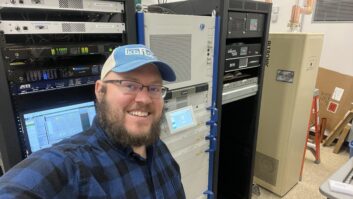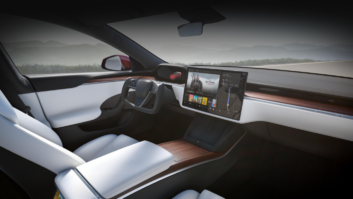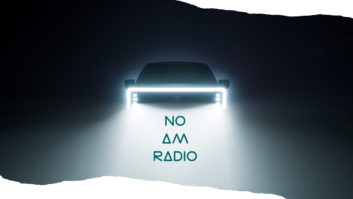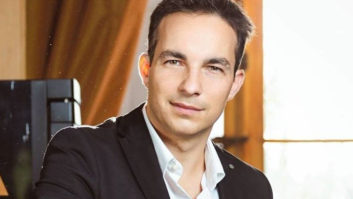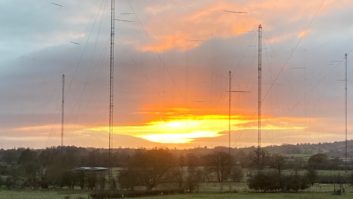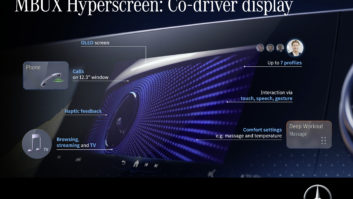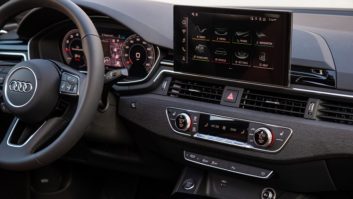NORWICH, England — Despite the degree to which operational practices in broadcast radio have tended to converge over recent years, for European visitors to the NAB Show in Las Vegas, it’s still something of a culture shock — radio broadcasting in the United States simply remains so very different from its European cousin.
Some of the most obvious differences can be found in the area of audio mixing desk designs. Many products primarily intended for the U.S. market still tend to feature prominent channel on/off buttons and don’t tend to be split chassis or include a script space.

European PPM [Peak Program Metering] is also still elusive, although the “flying needles” approach of traditional VU metering has gradually been replaced by LEDs, which, to many European eyes at least, make a great deal more sense.
On the transmission side of things, the situation has actually gone in the opposite direction. Back in the early 1990s the U.S. market was still firmly analog with FM and AM dominant. The real differences were simply in terms of the FM pre-emphasis curve, and the enhanced bandwidth of U.S. AM stations (plus, in a few cases, the existence of AM stereo).

RDS might have become RBDS as it moved over the Atlantic, but it was arguably almost the same standard underneath.
Today, the U.S. has its own home-grown terrestrial digital radio standards (HD Radio), as alternatives to the European DAB and DAB+ standards, not forgetting a mature satellite delivery model (Sirius) — something that has not yet taken off here in Europe.
In the three decades that I have been visiting Las Vegas for the NAB show, a great deal has changed. Not only is the whole event so much larger than it was back in the early 1990s, but the range of products on offer has also expanded.
[Don’t miss Radio World’s free annual post-show webinar, May 9 at noon Eastern. Register here]
One further fundamental change is the degree to which U.S. manufactures now better understand international markets and actively cater for them, far more so than they did back toward the end of the Twentieth Century.
U.S. radio may have changed considerably, but it still has that critical mass that allows it to maintain a distinctive approach to broadcasting and to support a thriving and innovative technical industry, supplying specialist studio and transmission equipment.
However much you know, (or think you know) about radio broadcasting, a visit to the NAB Show always throws up something new….
Dr. Lawrie Hallett researches and teaches radio broadcasting, journalism and development at the University of Bedfordshire in the United Kingdom. A former broadcast presenter and producer, he worked previously for the British broadcast radio regulator, Ofcom, where he specialized in community radio regulation and digital radio policy. He runs a DAB multiplex in the city of Norwich, England.





